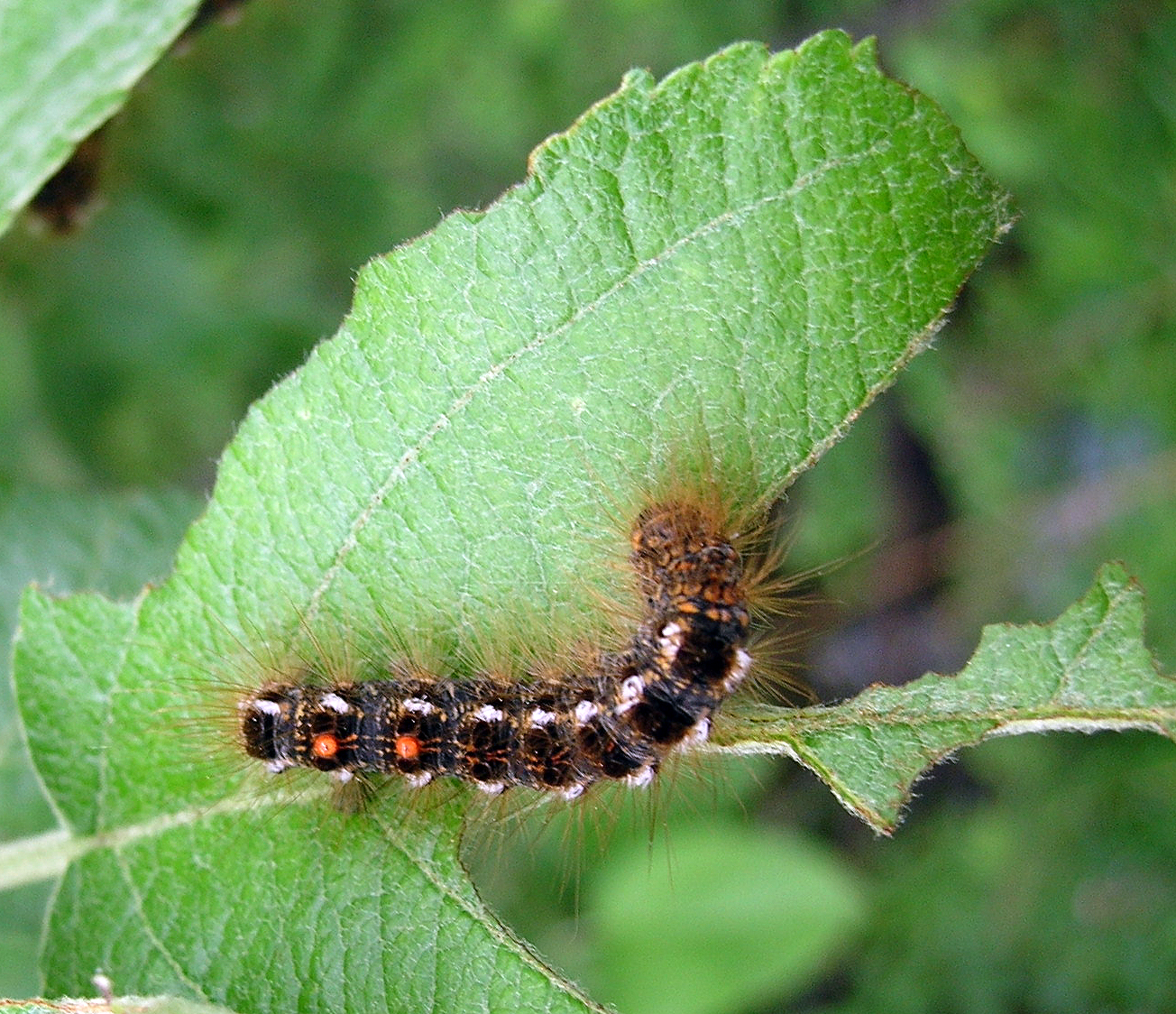Browntail moth caterpillars are beginning to emerge from their nests and are expected to grow rapidly in the coming weeks.
Maine experienced its first major outbreak in 100 years from the invasive species back in 2015.
According to the Maine CDC, not only are the invasive species considered a threat to Maine forests, but they are also a human health concern. The caterpillar has tiny poisonous hairs that become airborne when shed and can cause itchy rashes, sometimes similar in intensity to poison ivy.
Some people have experienced respiratory issues when exposed to the airborne hairs.
According to the Portland Press Herald, it is unclear how bad this year’s infestation will be, but experts predict the Turner and Leeds area will see major outbreaks for the next two months.
Maine scientists are researching whether they can disrupt the moth’s reproductive cycle to reduce the population. Assistant professor of forest entomology at the University of Maine, Angela Merch, says that figuring out how to replicate the female moth’s sex pheromone composition could help eradicate the moth’s population. Merch says that if scientists could figure out how to spray the pheromone in a moth infested area, it would confuse the male species, who use the scent to find a mate.






